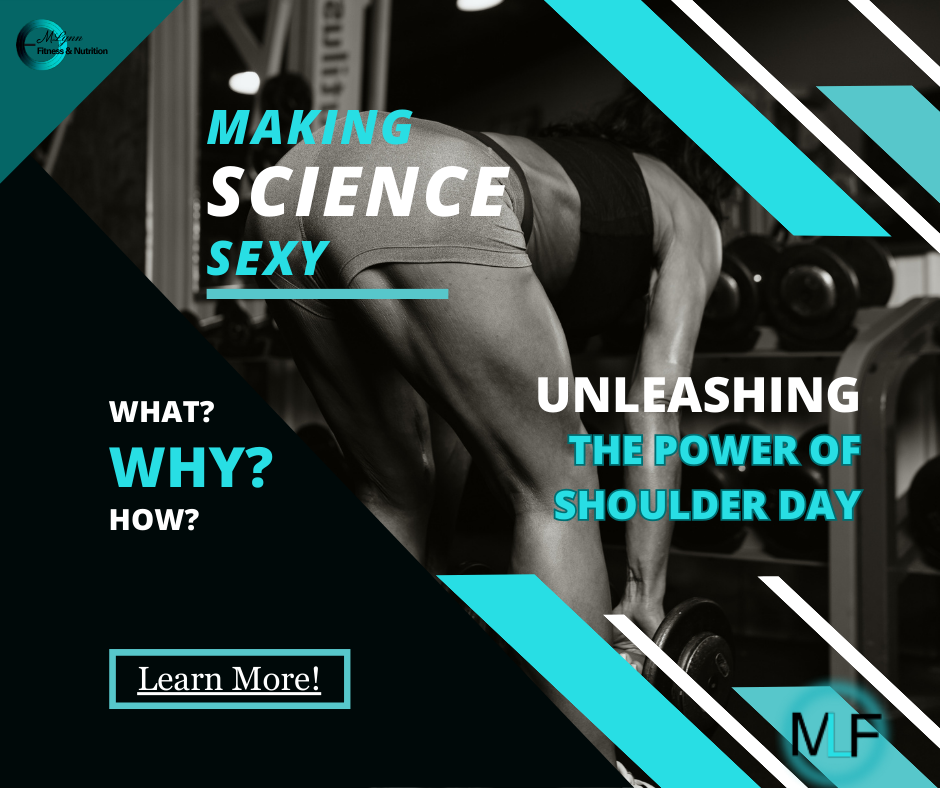Unveiling the Anatomy and Physiology

Shoulder training is a vital component of any comprehensive workout routine, contributing not only to aesthetic appeal but also to overall upper body strength and functionality. To understand the intricacies of shoulder training, it is essential to delve into the anatomy and physiology of the shoulder complex. Comprising multiple muscles and joints, the shoulders are a marvel of biomechanics, and an in-depth understanding can guide effective training strategies for optimal development.
Anatomy of the Shoulder:
The shoulder is a complex joint involving the clavicle, scapula, and humerus, forming the glenohumeral joint. The major muscles of the shoulder include the deltoids, rotator cuff muscles (supraspinatus, infraspinatus, teres minor, and subscapularis), and various scapular stabilizers. The deltoids are further divided into anterior, lateral (or middle), and posterior heads, each contributing to specific shoulder movements.
Shoulder Physiology and Function:
- Muscle Actions:
- Deltoids: The anterior deltoid is involved in shoulder flexion, the lateral deltoid in shoulder abduction, and the posterior deltoid in shoulder extension. All three heads work together during various compound movements like overhead presses.
- Rotator Cuff: These muscles play a crucial role in stabilizing the shoulder joint and ensuring smooth movements. They are particularly active during rotational and abduction movements.
- Joint Movement:
- The shoulder joint allows for a wide range of movements, including flexion (moving overhead), extension (moving behind the back), abduction (moving away from the body), adduction (moving towards the body), internal rotation (twisting arm forward), and external rotation (rolling arm backward). Training should encompass exercises that target each of these movements to ensure balanced development.
- Motor Unit Recruitment:
- Like any muscle group, the shoulders respond to resistance training through motor unit recruitment. Different exercises and intensities recruit varying motor units, influencing both strength and endurance components of shoulder fitness.
- Biomechanics:
- Proper biomechanics are essential for preventing injuries during shoulder training. The scapula plays a crucial role in shoulder stability, and exercises that promote scapular retraction and protraction, such as rows and face pulls, contribute to overall shoulder health.
Physiological Responses to Shoulder Training:
- Hypertrophy:
- Shoulder training, especially when focused on progressive overload, can lead to hypertrophy of the deltoid muscles. A combination of compound movements like overhead presses and targeted isolation exercises can stimulate muscle growth.
- Rotator Cuff Strength:
- Training the rotator cuff muscles is crucial for shoulder stability and injury prevention. Isolation exercises like external and internal rotations, as well as specific rotator cuff exercises, enhance the strength and endurance of these important stabilizers.
- Connective Tissue Adaptations:
- Over time, shoulder training can lead to adaptations in connective tissues, including tendons and ligaments. Proper warm-up, cool-down, and mobility work contribute to the overall health of these tissues.
Optimizing Shoulder Training:
- Exercise Selection:
- A well-rounded shoulder training routine should include a mix of compound and isolation exercises. Overhead presses, lateral raises, and rear deltoid flies are examples of effective shoulder exercises.
- Range of Motion:
- Emphasizing a full range of motion during exercises ensures that all fibers of the shoulder muscles are engaged, promoting balanced development.
- Progressive Overload:
- Gradually increasing the weight or intensity of shoulder exercises over time is essential for continuous adaptation and muscle growth.
Understanding the physiology of shoulder training is key to crafting effective and injury-resistant workout routines. By incorporating a diverse range of exercises, addressing all aspects of shoulder anatomy, and focusing on proper form and progression, individuals can unlock the potential for well-developed, strong, and resilient shoulders. Shoulder training goes beyond aesthetics—it is a fundamental component of overall upper body function and athletic performance.

